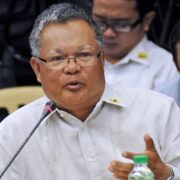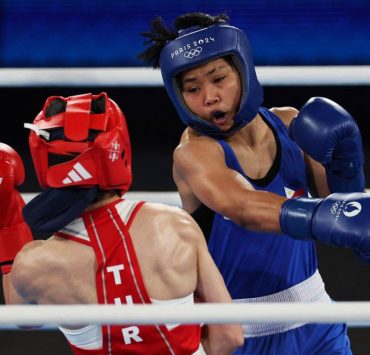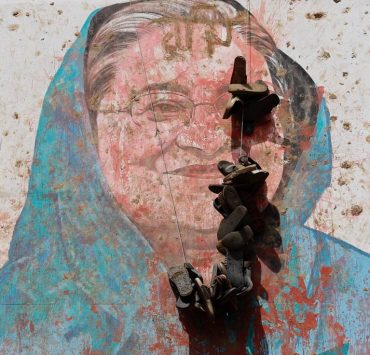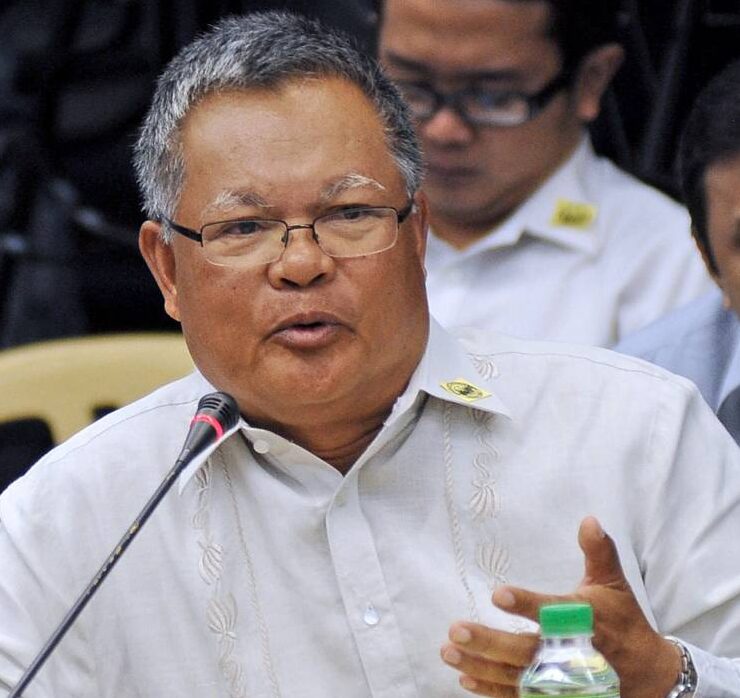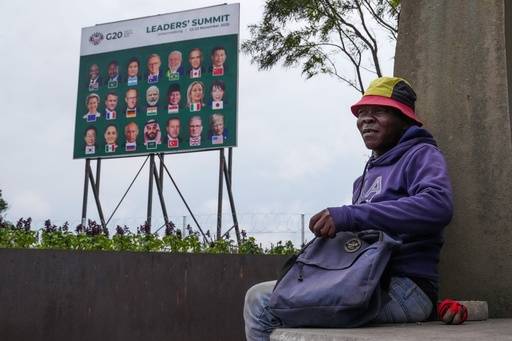PH starts 4-nation naval drills with US, Australia, Canada
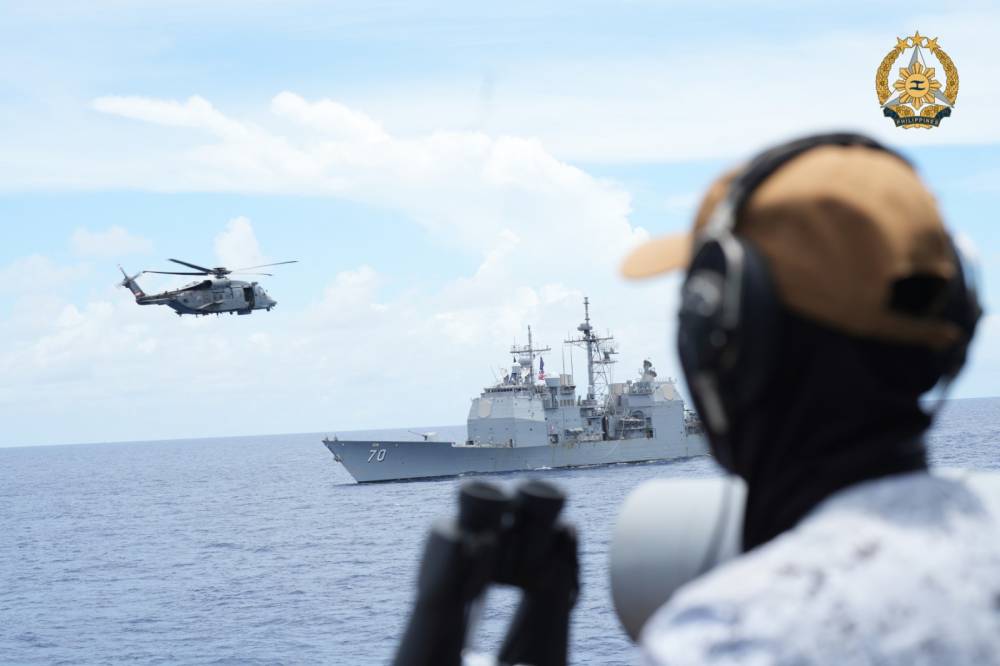
The Philippines, Australia, Canada and the United States on Wednesday began maritime drills in the West Philippine Sea (WPS) to demonstrate their commitment to the rule of law in the face of growing regional tensions over Beijing’s aggressiveness in the South China Sea.
The multilateral maritime cooperative activity (MCA), which came days after the Philippines held similar joint exercises with its allies the United States and Japan in the WPS, is the first to involve the four nations.
In a joint statement on Wednesday, Armed Forces of the Philippines chief Gen. Romeo Brawner Jr., US Indo-Pacific Command chief Adm. Samuel Paparo, Canadian Chief of Defense Staff Gen. Jennie Carignan, and Australian Chief of Defense Force Adm. David Johnston Ran said the drills showed the allied countries’ “collective commitment to strengthen regional and international cooperation in support of a free and open Indo-Pacific.”
They vowed to “uphold the right to freedom of navigation and overflight, other lawful uses of the sea and international airspace, including respect for maritime rights under international law, as reflected in the United Nations Convention on the Law of the Sea (Unclos).”
The MCA will run until Aug. 8 at an unspecified location within Manila’s 370-kilometer exclusive economic zone (EEZ) in the western region of the archipelago.
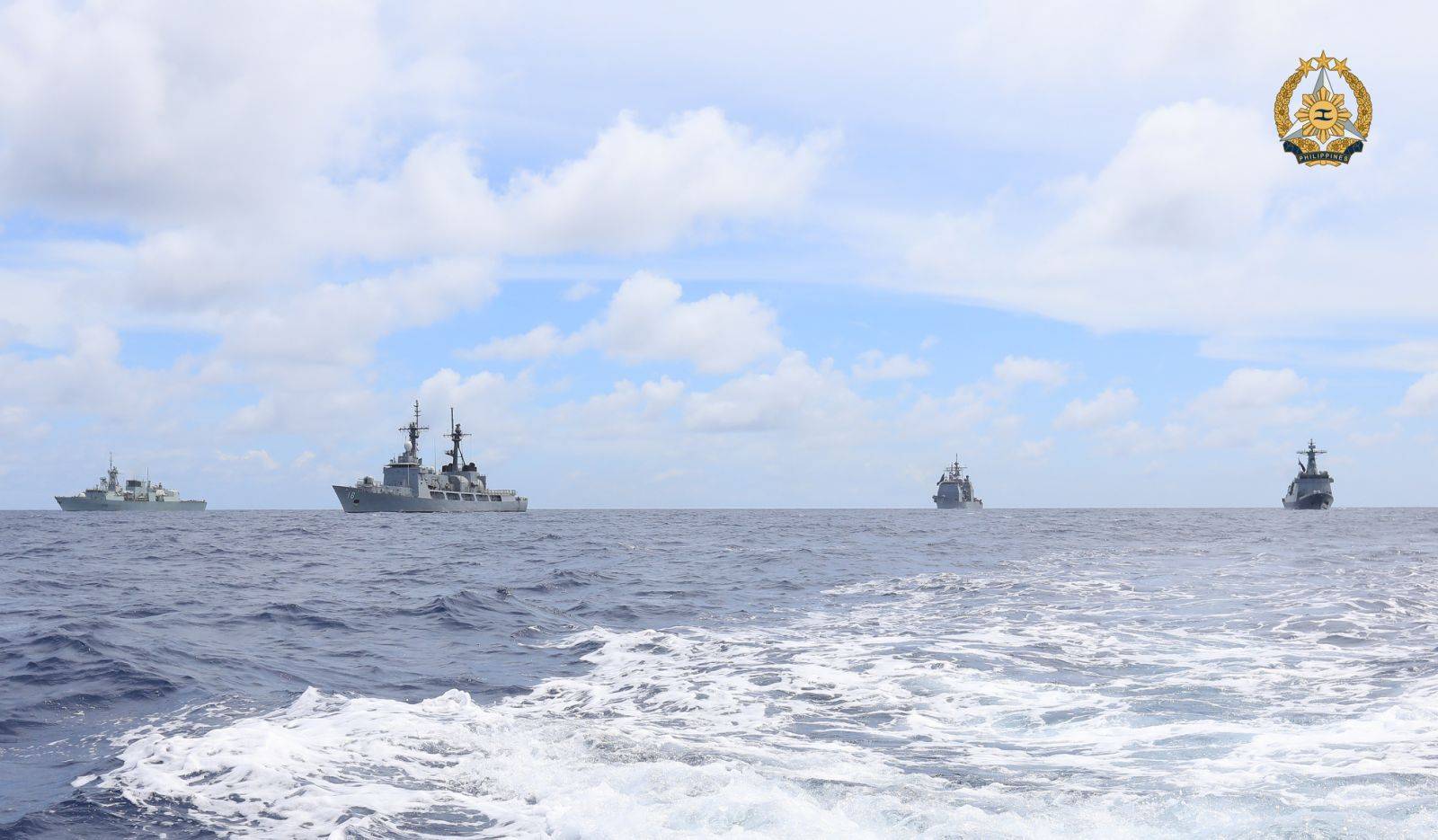
Naval, air assets
The Philippine contingent in the exercises is made up of the BRP Jose Rizal guided missile frigate with an AW159 helicopter and the BRP Ramon Alcaraz patrol ship.
Australia sent a maritime patrol and reconnaissance Boeing Poseidon aircraft, Canada deployed the HMCS Montreal (FFH336) frigate and a Sikorsky CH-148 Cyclone helicopter, while the United States sent the USS Lake Erie (CG70) guided missile cruiser and a Sikorsky MH-60R Seahawk helicopter.
The AFP said the MCA was a series of events “designed to enhance interoperability and cooperation among the participating forces.”
The drills being conducted include communication exercises, division tactics or officer of the watch maneuver, photographic exercise, cross deck landing operations, antisubmarine warfare exercise, replenishment at sea, contact reporting and maritime domain awareness.

Supporters of ruling
“This multilateral exercise underscores the commitment of our nations to ensuring peace and stability in the Indo-Pacific region,” Brawner said. “By working together, we enhance our collective capabilities and demonstrate our shared dedication to maintaining a secure maritime environment.”
According to the AFP, the MCA highlights “the robust defense relationships and the unwavering commitment” of the four countries to upholding international maritime security and promoting a free and open Indo-Pacific.
Australia, the United States and Canada have consistently expressed their support for the 2016 Arbitral Award which reaffirmed the Philippines’ EEZ and rejected China’s sweeping claim to the South China Sea.
“Our four nations reaffirm the 2016 South China Sea Arbitral Tribunal Award as a final and legally binding decision on the parties to the dispute,” the joint statement read.
Beijing claims almost the entire South China Sea, a strategic waterway where more than $3 trillion of trade passes each year, and refuses to accept the award.
It has repeatedly warned the Philippines against involving third parties in the maritime conflict.
China on Wednesday said it conducted a combat patrol in waters near Panatag (Scarborough) Shoal but the AFP said there was no trace of Chinese military activity in the area.
Rising tensions
The West Philippine Sea, particularly Ayungin (Second Thomas) Shoal, has been the center of confrontations between the Philippines and the China Coast Guard (CCG), with the latter harassing Manila’s resupply missions to Filipino soldiers stationed there through the use of water cannons, dangerous maneuvers, and military lasers.
Last June 17, members of the CCG boarded a Philippine Coast Guard ship armed with knives and an axe which resulted in a Filipino soldier getting his thumb cut during the confrontation.
The Inquirer reached out to the Chinese Embassy in Manila for a comment on the ongoing four-nation drills, but it has yet to respond.
Vietnam coast guard
In a separate statement, Rear Adm. Roy Vincent Trinidad, the Philippine Navy spokesperson for WPS, reiterated that the joint drills support the 2016 arbitral ruling of a free and open Indo-Pacific.
“It is not designed against any particular country but is a collective expression of support for a rules-based international order,” Trinidad pointed out.
The Philippines and Vietnam coast guards will also hold joint exercises off Manila Bay on Friday.
On Aug. 2, the Philippine Navy and the Japan Maritime Self-Defense Force similarly conducted their first maritime exercises in WPS as part of the ongoing efforts to strengthen regional and international cooperation.
The drills came two days after the United States and the Philippine navies conducted maritime drills in the Philippines’ EEZ. INQ





